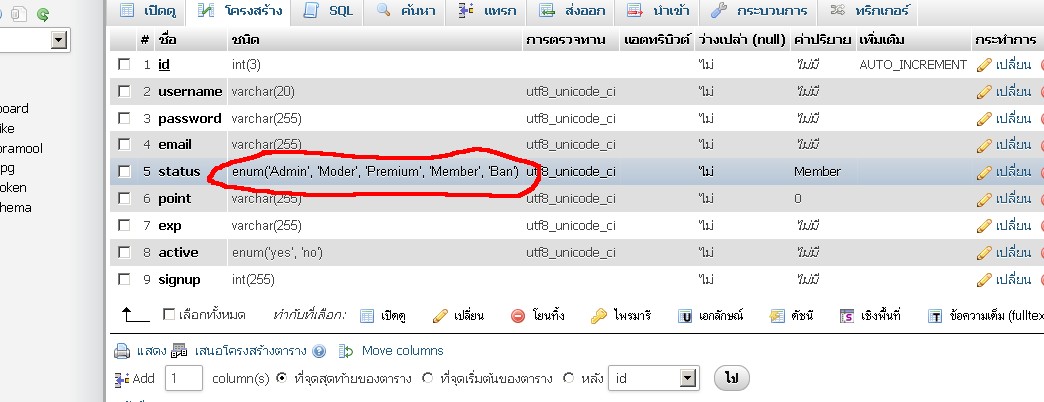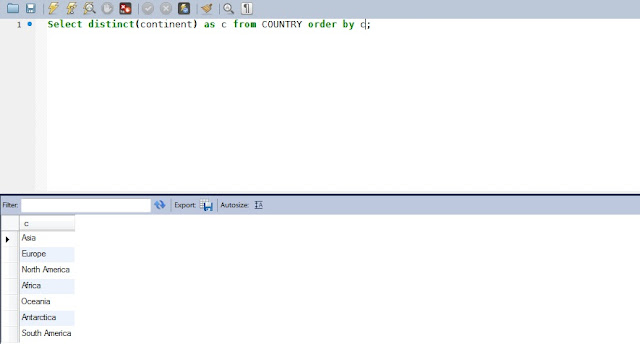
MySQL includes a range of numeric data types suitable for different scenarios. When choosing types, check to see that you are using the most specific type applicable to your use case. For example, while you could store the coordinates of a geometric point in two different number columns, the provided point type is purpose built to store and validate exactly this type of information. Still, data types are often the first line of defense against invalid data.įor many cases, the general types provided by MySQL are appropriate for the kinds of data you'll be storing. Other database tools, like constraints also have a role to play in defining correctness. Getting started with MySQL data typesĪs you get started with types, it's important to remember that types alone are not always a complete solution to data validation, but a component. We'll cover the most common of these in more depth throughout this guide. MySQL supports a reasonable range of data types suitable for various types of simple and complex data. What are the data types in MySQL?īefore going into detail, let's take a broad view of what data types MySQL provides.
#Enum mysql example how to#
In this guide, we will discuss the most common data types available in MySQL, the different input and output formats they use, and how to configure various fields to meet your applications' needs. MySQL includes a wide range of data types that are used to label and validate that values conform to appropriate types. While it is possible to define custom requirements, data types provide the basic building blocks that allow MySQL to validate input and work with the data using appropriate operations. Values must adhere to the requirements that they outline in order to be accepted by MySQL. This is done by prescribing the columns that these structures contain along with their data type and any constraints.ĭata types specify a general pattern for the data they accept and store. One of the primary features of relational databases in general is the ability to define schemas or table structures that exactly specify the format of the data they will contain.

#Enum mysql example update#
How to update existing data with SQLite.How to perform basic queries with `SELECT` with SQLite.Inserting and deleting data with SQLite.Creating and deleting databases and tables with SQLite.An introduction to MySQL column and table constraints.How to create and delete databases and tables in MySQL.An introduction to PostgreSQL column and table constraints.An introduction to PostgreSQL data types.How to create and delete databases and tables in PostgreSQL.

How to configure a PostgreSQL database on RDS.Comparing relational and document databases.Glossary of common database terminology.Comparing database types: how database types evolved to meet different needs.


 0 kommentar(er)
0 kommentar(er)
